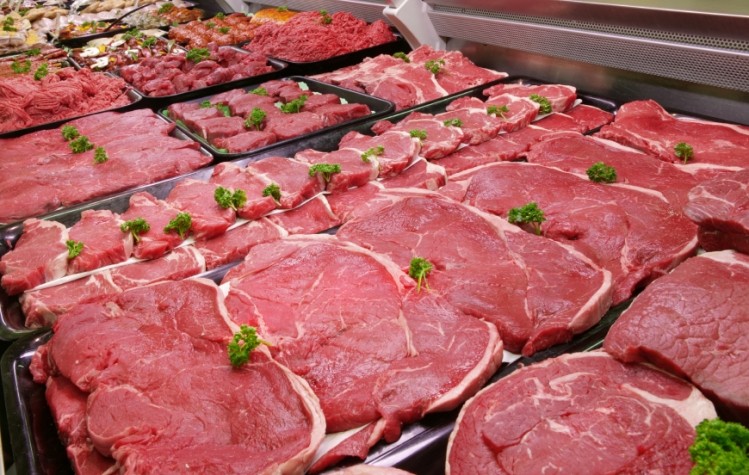Healthy planet, healthy people: Balancing carbon footprint and optimal nutrition

The study, published in the American Journal of Clinical Nutrition, claims that when foods’ relative nutritional value is taken into account, some foods provide more nutrition relative to the greenhouse gas emissions associated with their production than others. While animal-derived foods like meat and dairy are associated with higher emission levels than sugar, for example, they are also more nutrient dense per 100 calories.
“Considerations of the environmental impact of foods need to be linked to concerns about nutrient density and health,” the researchers wrote. “…Testing the relation between nutrient profile of foods and their carbon footprint can help identify those food groups that provide both calories and optimal nutrition at a low carbon cost.”
Led by Adam Drewnowski of the University of Washington’s Center for Public Health Nutrition, the researchers found that some of the lowest carbon footprints were associated with sugar and sweets, rather than with fruits and vegetables.
Greenhouse gas emissions (GHGE) were calculated by French supermarket Groupe Casino and merged with data on the nutritional composition of French foods. When the nutrient density (as a percentage of daily nutrient values) was taken into account, the researchers behind this latest study found that many foods with the lowest GHGE, such as sugar, also had low nutrient density, while those associated with high GHGE, such as meat and dairy foods, were also some of the most nutrient dense.
“The point at which the higher carbon footprint of some nutrient-dense foods is offset by their higher nutritional value is a priority area for additional research,” they wrote.
The research builds on a previous study that looked at GHG emissions associated with foods available in France. It found that the most nutrient-dense diets, based on meat, fruit, vegetables, grains and dairy, were associated with high GHG emissions, but when red meat was replaced with an equal amount of energy from fruit and vegetables, associated emissions were even higher.
GHGs are not the whole picture when it comes to environmental impact, the study’s authors noted, and other researchers have examined various factors when it comes to the sustainability of meat production, including land and water use.
Source: American Journal of Clinical Nutrition
“Energy and nutrient density of foods in relation to their carbon footprint”
Authors: Adam Drewnowski, Colin D Rehm, Agnes Martin, Eric O Verger, Marc Voinnesson, and Philippe Imbert
























